The Beebe Hydrothermal Vent Field, the deepest and hottest known
hydrothermal vent in the world, is visible from a dive of the
submersible Alvin near the Cayman Islands in the Caribbean.
Woods Hole
Oceanographic Institution
From CNN by Ashley Strickland
Black smoke appears to rise from chimney-like formations of the hottest and deepest known hydrothermal vents on Earth.
Over the summer, Anna Michel was able to see them for herself — a few miles beneath the ocean’s surface.
Michel, an associate scientist at the Woods Hole Oceanographic Institution in Massachusetts, was part of a three-person crew aboard the submersible Alvin as it dove down to the Mid-Cayman Rise.
Black smoke appears to rise from chimney-like formations of the hottest and deepest known hydrothermal vents on Earth.
Over the summer, Anna Michel was able to see them for herself — a few miles beneath the ocean’s surface.
Michel, an associate scientist at the Woods Hole Oceanographic Institution in Massachusetts, was part of a three-person crew aboard the submersible Alvin as it dove down to the Mid-Cayman Rise.
Known as the Beebe Hydrothermal Vent Field, these vents exist on the ocean floor where two tectonic plates are separating about a half an inch (15 millimeters) per year south of the Cayman Islands.
With its upgrades, Alvin is capable of diving 4 miles beneath the ocean's surface after rigorous testing.
Marley Parker/Woods Hole Oceanographic Institution
Hydrothermal vents form where rising magma beneath the seafloor creates underwater mountain ranges called ocean ridges.
The chilly seawater seeps through seafloor cracks and becomes heated to 750 degrees Fahrenheit (400 degrees Celsius) as it interacts with the magma-heated rocks.
This interaction releases minerals from the rocks, venting out nutrients and providing the perfect ecosystem for unusual marine life that clusters around them.
Alvin, which has been operating for 58 years, reached a record depth of 6,453 meters (4 miles) in July in the Puerto Rico Trench, north of San Juan, Puerto Rico.
Alvin, which has been operating for 58 years, reached a record depth of 6,453 meters (4 miles) in July in the Puerto Rico Trench, north of San Juan, Puerto Rico.
On multiple excursions, Alvin traveled 6,200 to 6,500 meters (3.8 to 4 miles) below the ocean’s surface after meeting requirements set by the US Navy and Naval Sea Systems Command.
The new range means that about 99% of the seafloor is now within Alvin’s reach as well as that of its pilot and two passengers.
The new range means that about 99% of the seafloor is now within Alvin’s reach as well as that of its pilot and two passengers.
It’s the third increase in depth for Alvin since the submersible was commissioned, according to Andrew Bowen, principal engineer at Woods Hole Oceanographic Institution’s Applied Ocean Physics & Engineering.
“That was the first time I went to a hydrothermal vent site in person and to me, that was just absolutely incredible,” said Michel, also the chief scientist of the National Deep Submergence Facility that operates Alvin. “We were able to bring humans to see places that we’ve not gone to before with Alvin.”
“That was the first time I went to a hydrothermal vent site in person and to me, that was just absolutely incredible,” said Michel, also the chief scientist of the National Deep Submergence Facility that operates Alvin. “We were able to bring humans to see places that we’ve not gone to before with Alvin.”
Alvin can carry three people deep underwater, including a pilot and two passengers.
Marley Parker/Woods Hole Oceanographic Institution
Michel has worked with remotely operated underwater vehicles for 20 years, but this summer was her first time as an Alvin passenger.
Despite the enclosed space of the titanium-encased sub, Michel never felt claustrophobic.
Instead, she said it felt like riding in an elevator, and the eight-hour expedition flew by.
“You see a lot more three-dimensionality in real life and your spatial awareness is very different of these huge spires,” she said, referring to the vents.
“You see a lot more three-dimensionality in real life and your spatial awareness is very different of these huge spires,” she said, referring to the vents.
A Dumbo octopus can be seen on the ocean floor during one of Alvin's dives.
Woods Hole Oceanographic Institution
Scientists will now have direct access to the ocean’s deepest zones, exploring places humans have never been to before.
Researchers expect to find new species and study the fundamentals of life.
At the Puerto Rico Trench, where underwater cliffs form as the North American and Caribbean tectonic plates collide, the team collected samples of exposed ocean crust and some of the deepest known examples of seafloor organisms.
During the Mid-Cayman Rise expedition, researchers took biological and chemical samples from the hydrothermal vents.
Sabrina Douglas emerges from Alvin after a dive.
She became the first Cayman native to dive down to the Mid-Cayman Rise, part of the boundary between the North American and Caribbean tectonic plates.Marley Parker/Woods Hole Oceanographic Institution
Previously, Alvin was only able to travel down 4,500 meters (2.7 miles).
The new feat was possible after 18 months of overhauling the 43,000-pound (19,500-kilogram) submersible.
Alvin’s new upgrades include a 4K imaging system, a new hydraulic manipulator arm, more powerful thrusters, new motor controllers and an integrated command and control system.
Alvin has contributed to numerous discoveries, including shipwrecks and ocean science.
Alvin has contributed to numerous discoveries, including shipwrecks and ocean science.
The human-operated vehicle, or HOV, has carried more than 3,000 people on over 5,000 dives to the deep.
It’s the only deep-submergence vehicle in the US capable of carrying humans to the deep ocean.
Researchers have used Alvin to study plate tectonics and hydrothermal vents, discover strange sea life — and even explore the RMS Titanic in 1986 after Woods Hole Oceanographic Institution scientist Robert Ballard located the famed shipwreck.
Researchers have used Alvin to study plate tectonics and hydrothermal vents, discover strange sea life — and even explore the RMS Titanic in 1986 after Woods Hole Oceanographic Institution scientist Robert Ballard located the famed shipwreck.
The submersible also helped the Navy locate a missing hydrogen bomb from World War II and took scientists to the seafloor beneath the Deepwater Horizon oil spill of 2010.
University of Hawaii geologist Ken Rubin, professor of geochemistry and volcanology, holds a fragment of the North American tectonic plate collected by Alvin.Marley Parker/Woods Hole Oceanographic Institution
“For almost 60 years, the deep-submergence vehicle Alvin has unveiled the ocean’s mysteries — not just for military and national security purposes but also for the scientific benefit of society as a whole,” said Rear Adm. Lorin C. Selby, chief of naval research, in a statement.
The sub uses its two arms to collect samples that can be brought to the surface when Alvin “parks” aboard its ship, the R/V Atlantis.
Alvin’s capabilities mean that scientists participating in a dive can capture photos and videos of the seafloor’s alien landscape and rare creatures, conduct experiments and deploy scientific instruments.
Tube worms are attached to a rock collected from the Beebe Hydrothermal Vent Site.
Marley Parker/Woods Hole Oceanographic Institution
Alvin takes its name from Allyn Vine, the Woods Hole Oceanographic Institution physicist and oceanographer who championed the idea of submersibles that could carry researchers safely through the deep sea to conduct science in an otherwise inaccessible place.
“Every generation of scientists presents new questions, and Alvin has responded in ways that have rewritten textbooks. There’s a new generation waiting to use the sub, and to them we say, ‘Alvin is ready, where do you want to go?’”
Scientists submit proposals to reserve time on Alvin to conduct their research, and the submersible undertakes about 100 dives per year to explore ocean biodiversity, Earth’s crust and the way life thrives at extreme depths.
Scientists submit proposals to reserve time on Alvin to conduct their research, and the submersible undertakes about 100 dives per year to explore ocean biodiversity, Earth’s crust and the way life thrives at extreme depths.
The R/V Atlantis will take Alvin across the Pacific Ocean on multiple dives in 2023.
Ken Kostel/Woods Hole Oceanographic Institution
A variety of other underwater vehicles, including autonomous ones, are increasing exploration possibilities beneath the waves.
“Imagine exploring the Grand Canyon at night with a flashlight,” Bowen said.
“Historically, that’s sort of what we’ve been able to do, and Alvin has been a key part of that. Increasingly, we’ve added more technology in the form of drones, tethered vehicles and autonomous systems that really broadens the footprint for the Alvin submersible.
“Visiting the deep ocean is a laborious process. Getting the maximum benefit out of going there is where technology has a huge potential benefit.”
“Visiting the deep ocean is a laborious process. Getting the maximum benefit out of going there is where technology has a huge potential benefit.”
Links :
- CNN : Stunning new 8K footage shows Titanic as it's never been seen before / 'What we know now is how much we don't know': Enter the strange world of the ocean twilight zone / The man who found the Titanic is on a new quest
- GeoGarage blog : Unprecedented impact of Deepwater Horizon on deep ocean revealed / Ocean discoveries are revising long-held truths about life / Probing the ocean's undiscovered depths / Ocean science giant Alvin set for upgrade
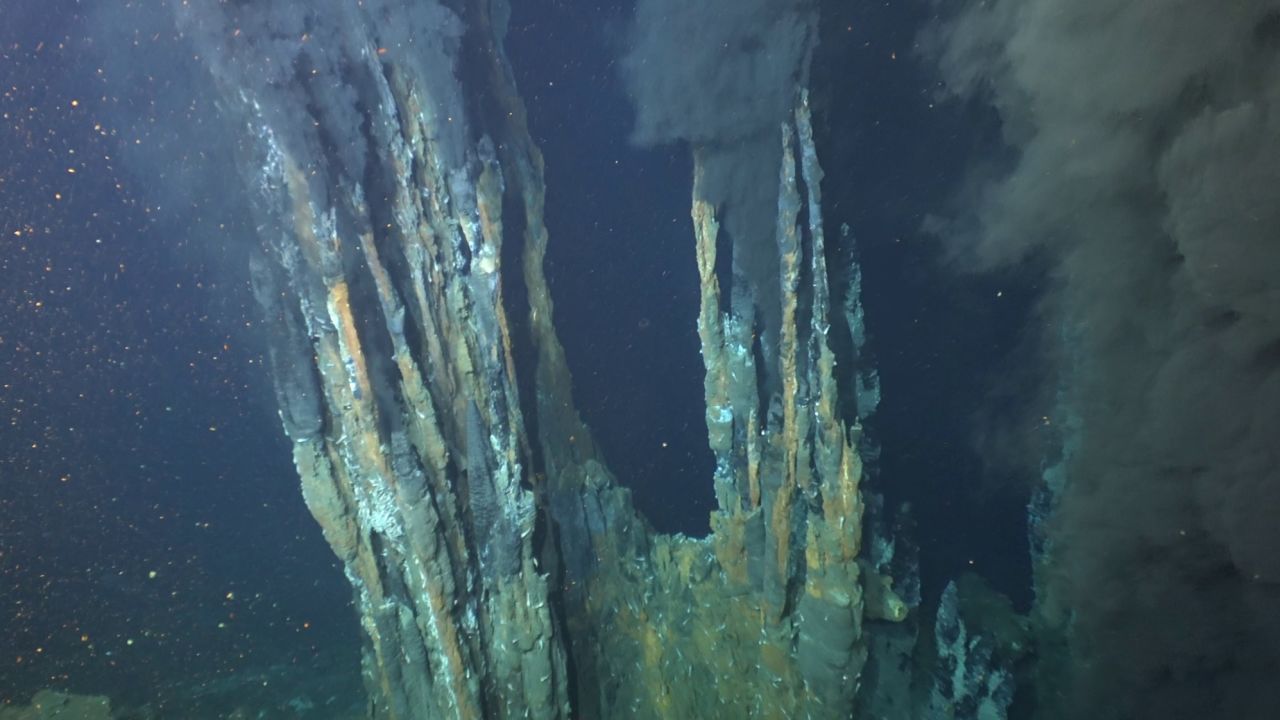

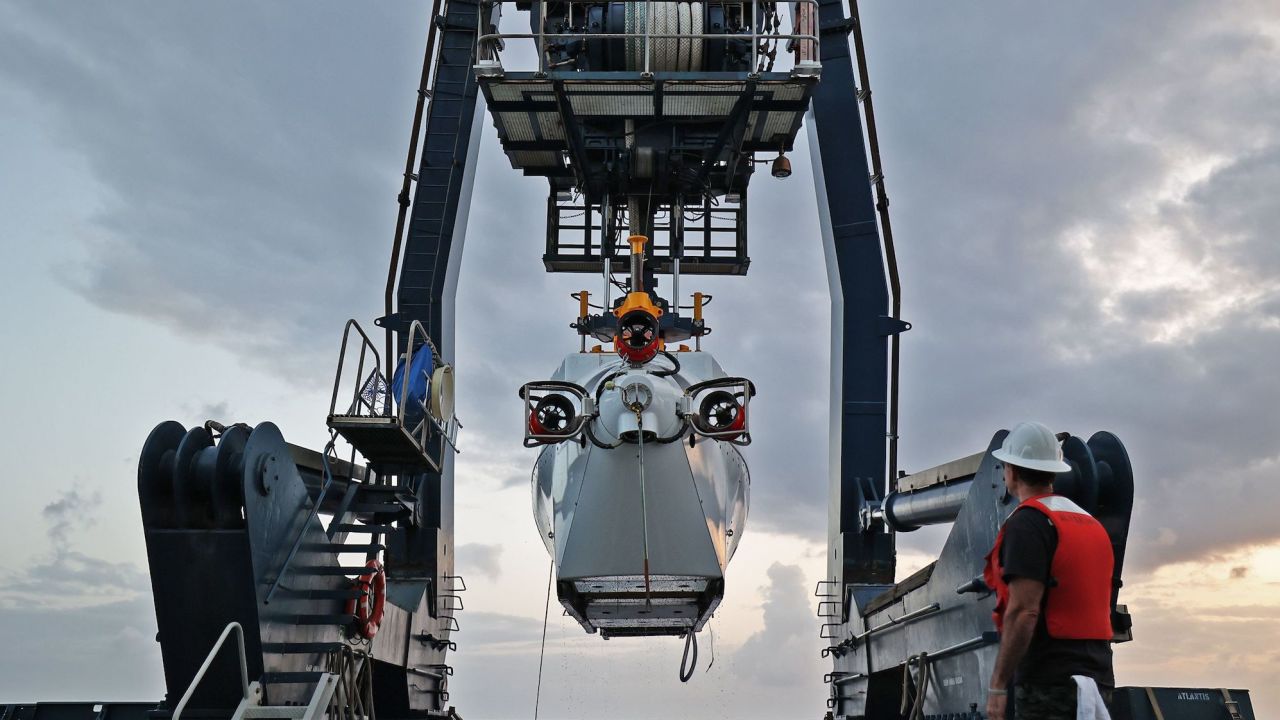
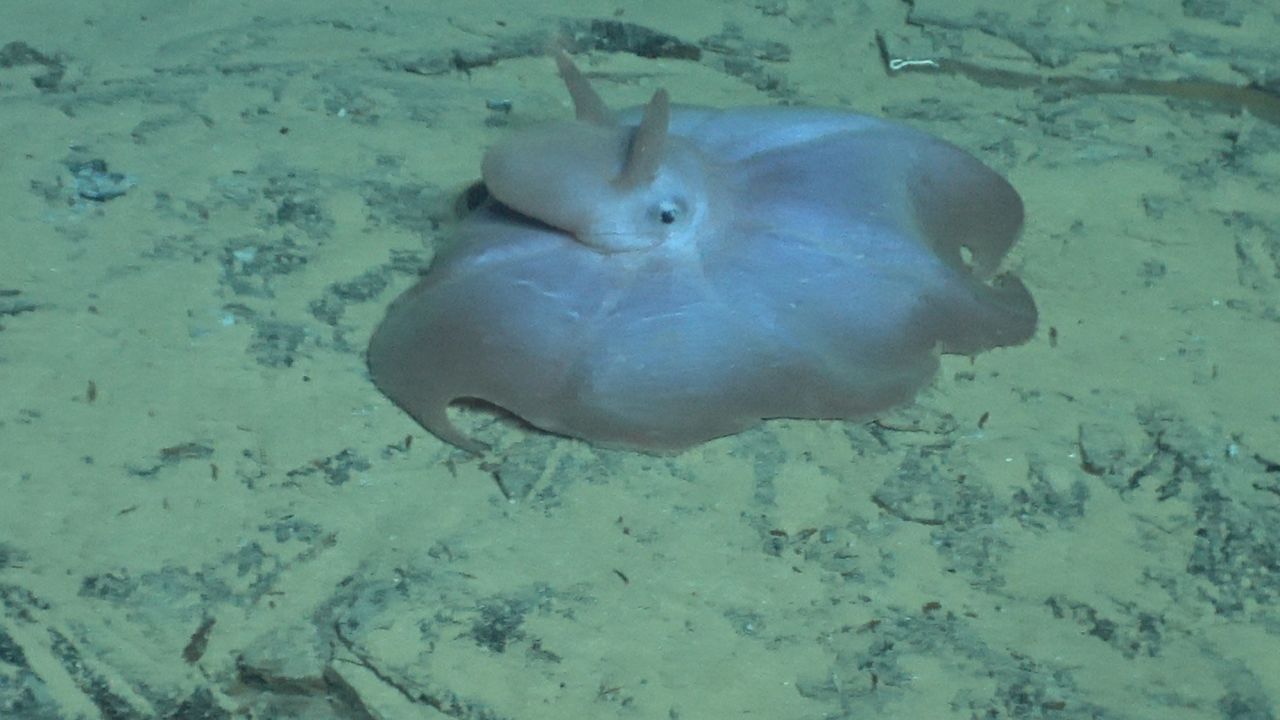
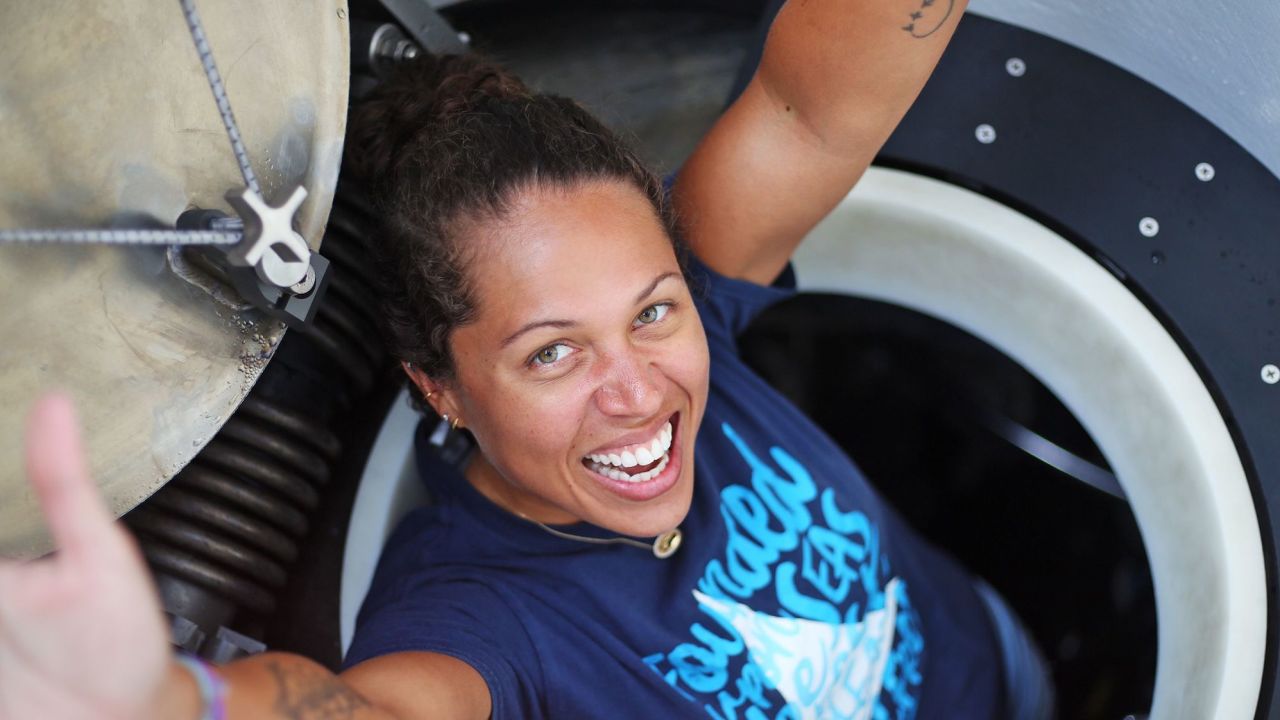


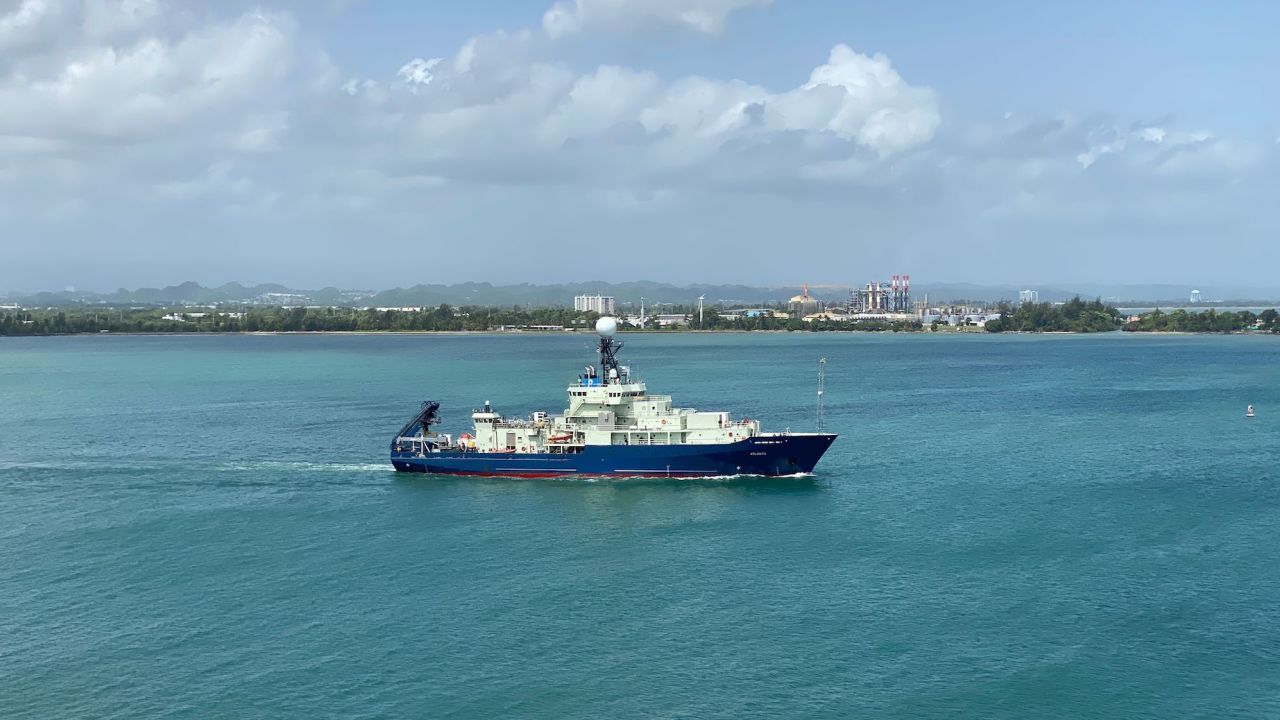
No comments:
Post a Comment